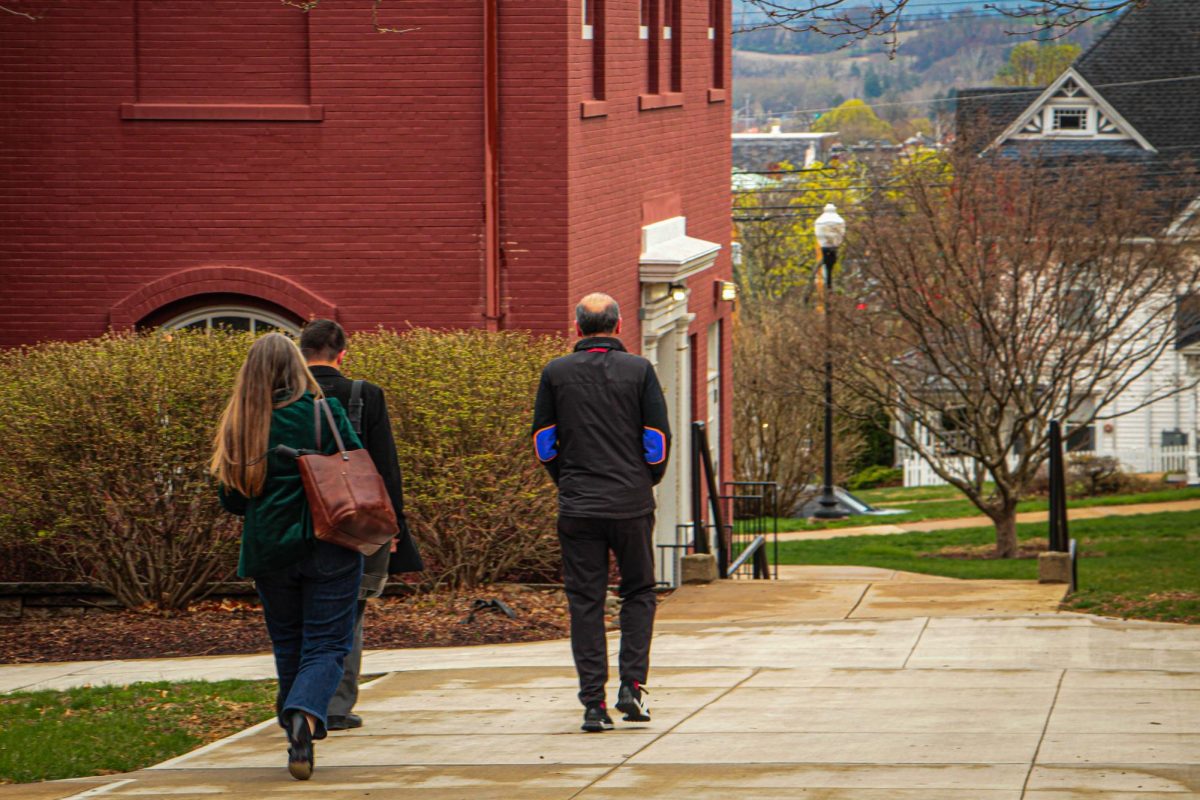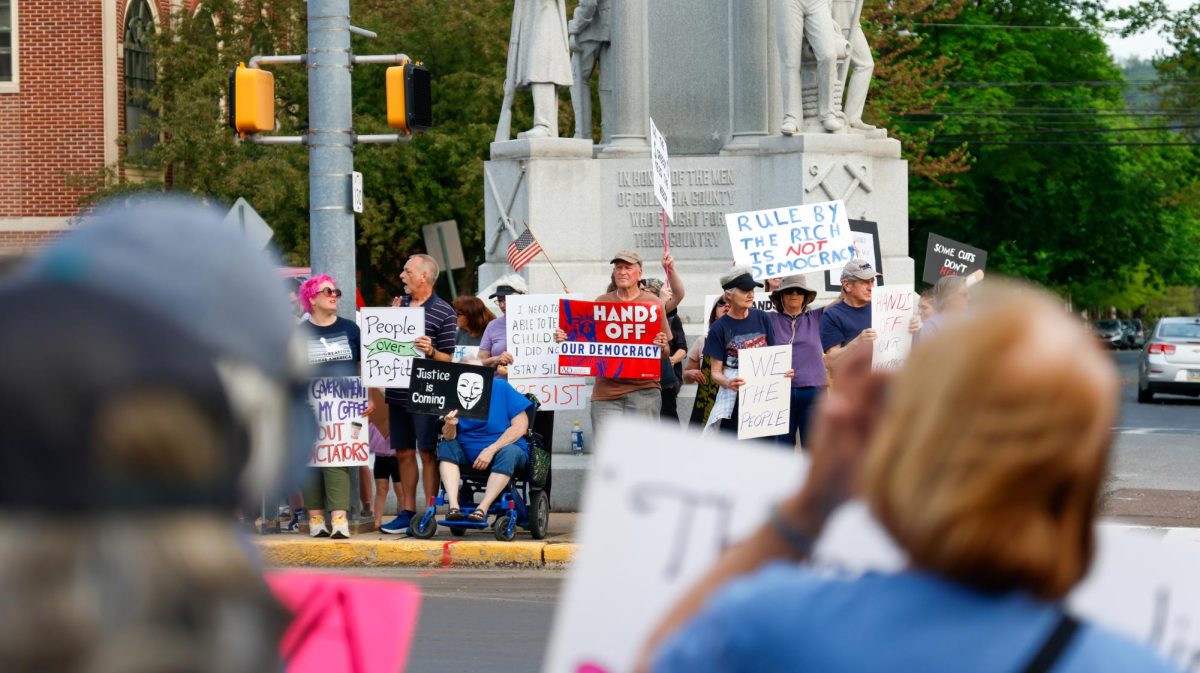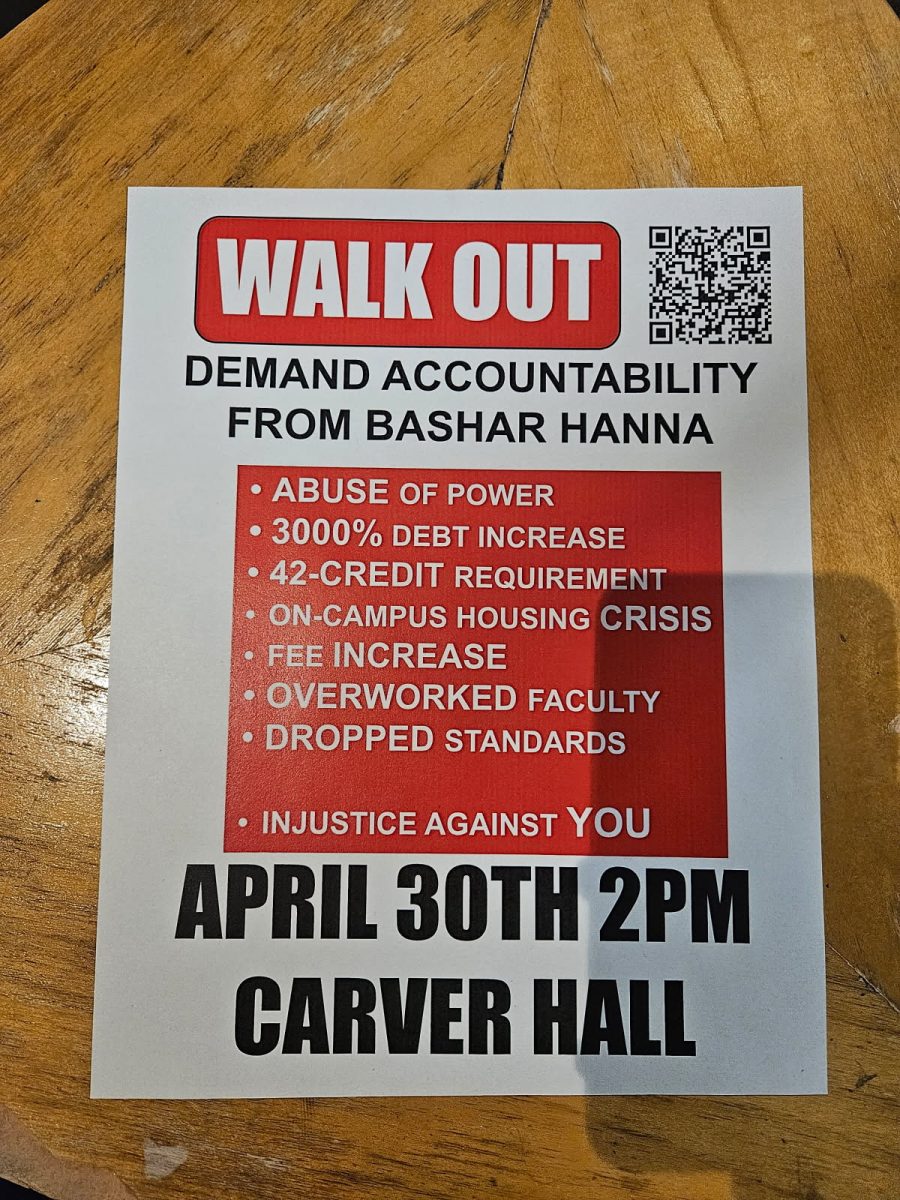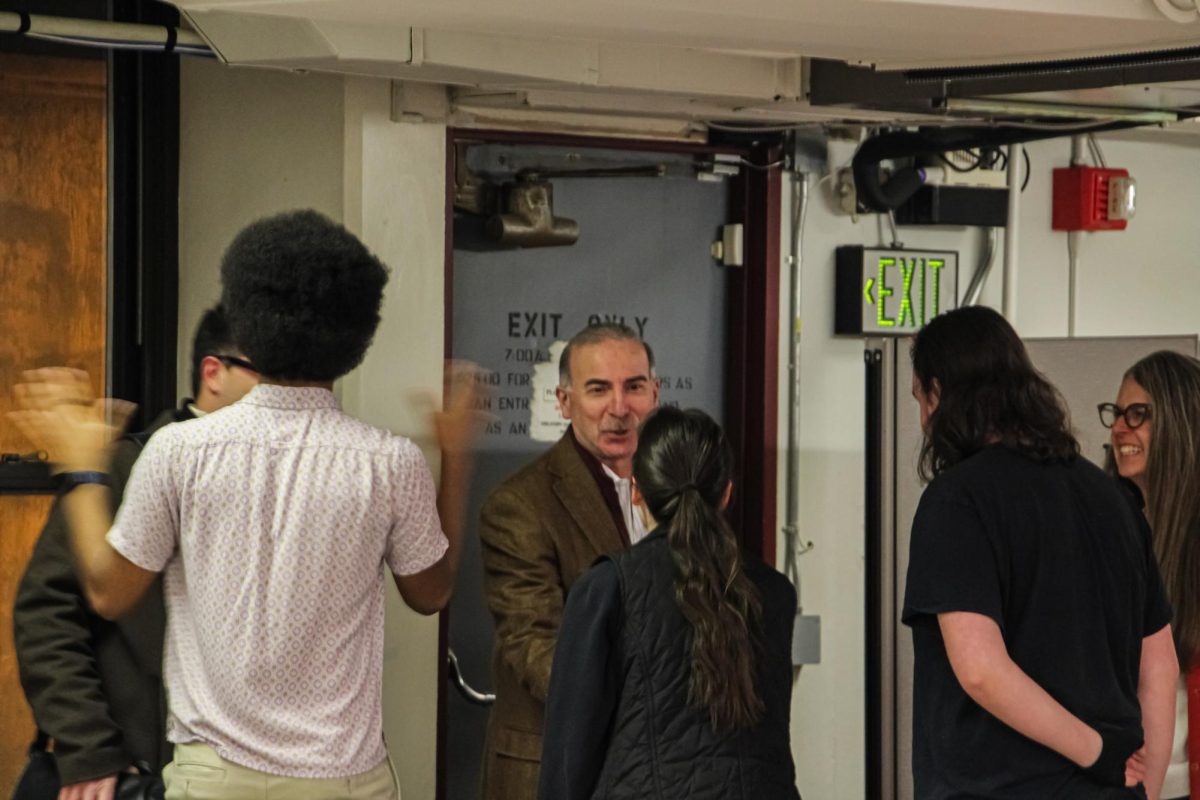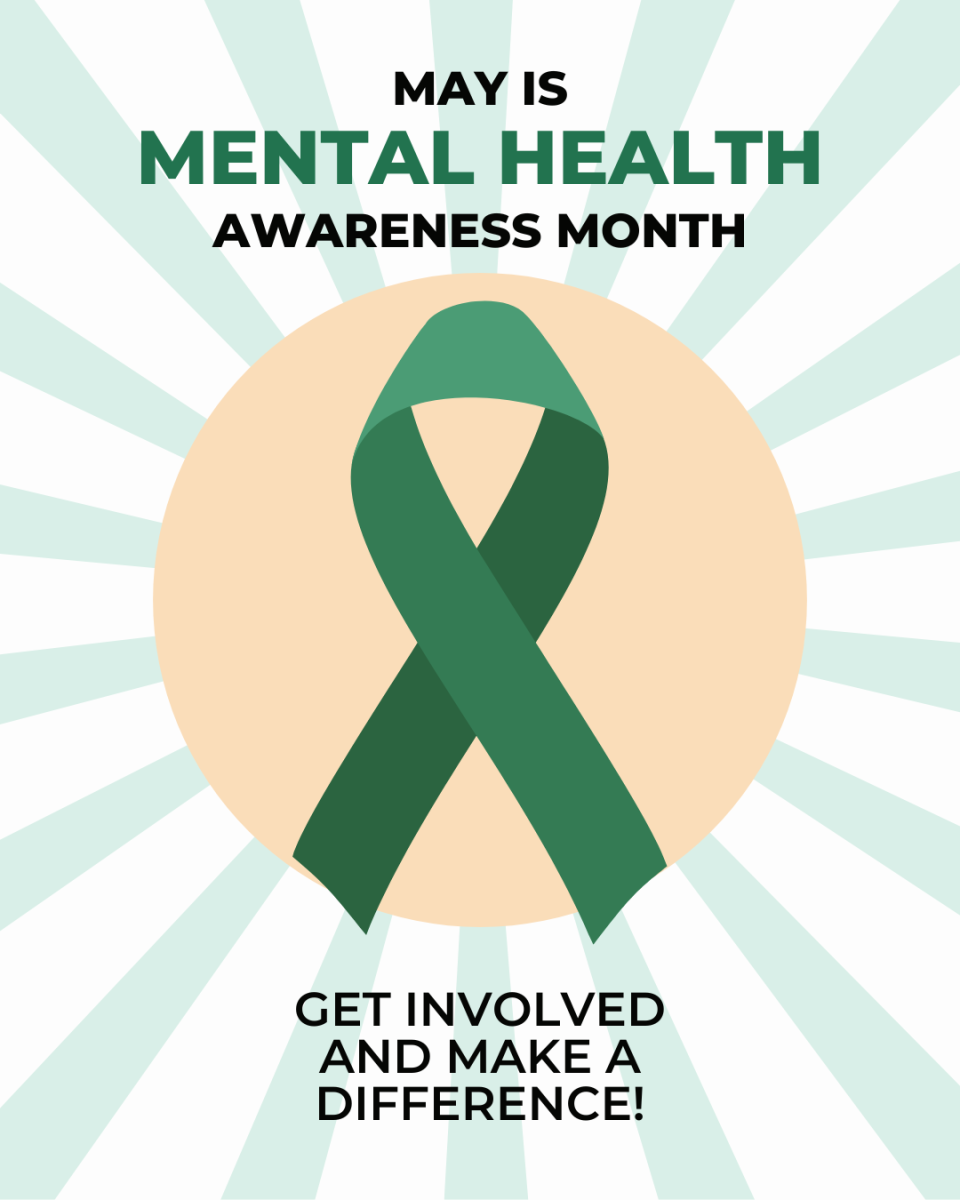It’s been 13 years since the surgeon general issued an official advisory. The most recent statement came in February 2005, when Surgeon General Richard Carmona urged women to avoid any alcohol consumption during pregnancy.
Last week, Surgeon General Jerome Adams broke the office’s long silence by releasing a brief statement encouraging more people to carry the drug naloxone. This new advisory addresses the worst drug overdose epidemic in the history of the United States: the opioid crisis.
Naloxone has proven effective as an overdose-reversing agent. “For patients currently taking high doses of opioids as prescribed for pain, individuals misusing prescription opioids, individuals using illicit opioids such as heroin or fentanyl, health care practitioners, family and friends of people who have an opioid use disorder and community members who come into contact with people at risk for opioid overdose, knowing how to use naloxone and keeping it within reach can save a life,” Adams’s statement reads.
Prescription opioids (usually oxycodone) are used as painkillers after surgery or if a patient is suffering from cancer, but there’s a significant risk of addiction and they can be deadly when mixed with other substances.
The real problem comes from the fact that doctors are over-prescribing these drugs in large quantities for simple things such as back pain, or for recovery from surgery, which has led to an increase in overdoses. According to the CDC, from 1999 to 2016 more than 350,000 people have died from overdosing on prescription painkillers and around 66 percent of the more than 63,600 drug overdose deaths in 2016 involved an opioid.
The opioid epidemic in the United States is nothing new. In fact, it’s been steadily worsening over the past several years. In 2016, the number of overdose deaths involving opioids in the US was five times as high as it was in 1999 and on average, 115 people die from opioids each day.
The device that the Surgeon General suggested that people carry that contains Naloxone looks similar to an epipen and can be administered to individuals experiencing an overdose in the same fashion that an epipen is given to someone having an allergic reaction
We at The Voice feel as though the fact that anti-overdose drugs could become as common as epipens says a lot about the opioid epidemic, most importantly, that it is out of control.
The solutions for reducing the amount of deaths due to overdoses should be simple, just restrict doctor’s ability to prescribe opioids in large quantities or find a less addictive alternative for pain relief. However, these solutions are not as easy to implement as they should be as they involve passing legislation, which has become difficult with the current state of Congress and outside influence on Capitol Hill.
Despite the rising number of deaths caused by their products, pharmaceutical companies seem to care about one thing: making a profit. While passing legislation involving opioids has been proposed, these pharmaceutical companies are currently making sure that never happens by using the one thing that has the most influence in the lawmaking process: money.
According to opensecrets.com, a website that tracks lobbyist money in politics, pharmaceutical companies spent just under $280 million to ensure that anti-opioid legislation would not make it through Congress; a number that has risen steadily each year from around $69 million in 1999.
It has been a somewhat well-known fact, addressed in many documentaries and reports, that these companies often referred to as “Big Pharma” have a huge influence on the lawmaking process and are in the pockets of many politicians. They use the financial resources they have to pay politicians to vote a certain way, and these politicians don’t seem to mind taking the money and playing along with the game.
So, what might be our other option? Apparently finding a less-addictive method of pain relief.
Well, that solution already exists and it’s legal to use for medical purposes in 29 states and the District of Columbia. Medical marijuana has become one of the most popular forms of legal pain relief, and is far less addictive than painkillers. A study done by the Institute of Medicine in 1999 found that only nine percent of active marijuana users become addicted to the substance, but not dependent on it.
An article from the Washington Post published during the 2016 election found that 254 members of the House and Senate would support the federal legalization of medical marijuana, and even more would support it if the percentage of Congress that were for legalization matched with the percentage of Americans, which is around 61 percent.
A study done by DePaul and Rush Universities suggested that in states such as Illinois, where medical marijuana is legal, that opioid use has become reduced.
Despite this, medical marijuana will most likely not be federally legalized due to, you guessed it, Big Pharma. So, Big Pharma continues to spend money to lobby against medical marijuana to protect their profit margins despite Americans dying at alarming rates from their products.
We at The Voice feel as though this epidemic will continue until politicians begin to refuse to take Big Pharma funds, something that will not happen any time soon.
~ The Voice

